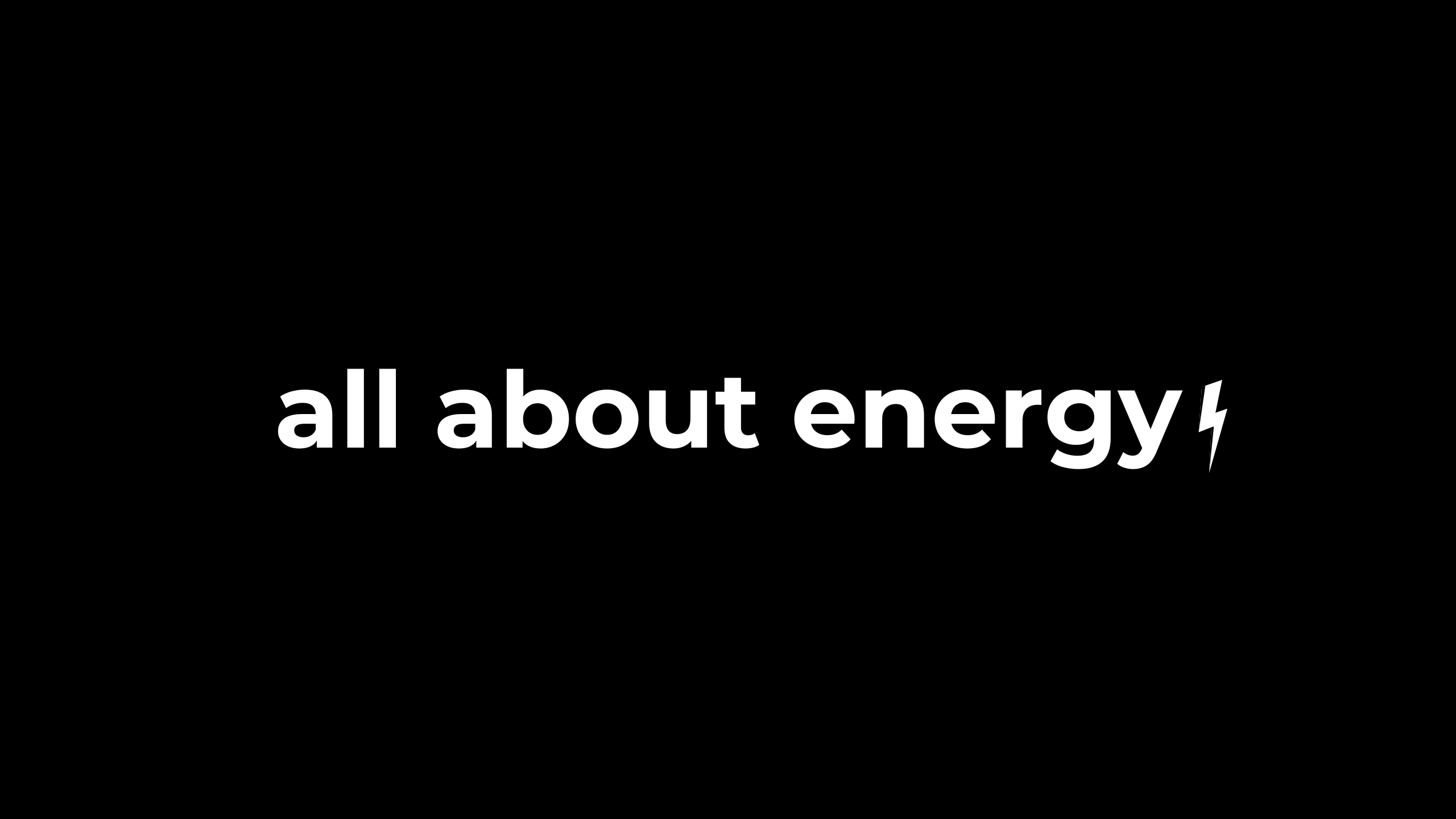How To Only Pay For The Power You Need
Written by Joe Wright
Watch the video for a quick overview of this topic:As you seek to drive energy savings in your organisation, understanding power management on a deeper level can be a game-changer. This can lead to increase energy efficiency, cost savings, and a reduction in your carbon footprint.
In this post, we’ll look into what power really means for your organization, why it’s essential to understand concepts like apparent power, true power, and power factor, and how you can take steps to improve your power management for both financial and environmental gains.
Power Basics: More Than Just Kilowatt-Hours
At the most basic level, power—measured in watts (W) or kilowatts (kW)—is a measure of the rate at which energy is used. But as you look more closely at your organization’s energy consumption, this simple figure can reveal powerful insights.
Imagine one of your machines consumes 5,000 watts (5 kW). If it runs 8 hours a day, it consumes 40 kilowatt-hours (kWh) daily. Across multiple machines, you can see how quickly energy costs escalate. This is what you’ll see on your energy bill: the total kWh used across your operations. But looking at raw consumption only tells part of the story. It’s crucial to consider other dimensions of power that reveal how effectively your systems are using energy.
Digging Deeper: Apparent Power vs. True Power
In an industrial or commercial setting, power usage isn’t as simple as total watts drawn. Here’s where apparent power and true power come in:
- Apparent Power (kVA): This is the total power your systems draw from the grid, regardless of whether it’s used effectively.
- True Power (kW): This is the power that’s actually doing productive work within your equipment.
The difference between these two—known as reactive power—represents energy that’s not actively contributing to your processes but is still part of what you’re charged for. Apparent power can be thought of as all the energy flowing to your equipment, while true power is the portion that’s genuinely useful.
Why does this matter? Because when you’re billed based on apparent power rather than true power, you’re paying for inefficiencies within your system. Suppose a piece of equipment is rated at 50 kVA but only provides 40 kW of true power. This means that 20% of the power you’re paying for is lost as heat, vibration, or magnetic fields. This inefficiency adds up over time and across your systems, affecting your bottom line and reducing operational effectiveness.
The Importance of Power Factor
Power factor, expressed as a ratio between true power and apparent power, measures how effectively your equipment is using the power it draws. A power factor of 1 (or 100%) indicates ideal usage, meaning all the energy drawn is used productively. But many organizations operate with a power factor well below this threshold, wasting up to 20% or more of their incoming energy.
For example, a power factor of 0.8 means that only 80% of the energy drawn is converted into productive power. If your monthly electricity bill is £100,000, with a power factor of 0.75, you’re essentially losing £25,000 each month. Over a year, that’s £300,000 in potential savings. By improving power factor, you’re directly increasing operational efficiency and reducing unnecessary expenses—without reducing the amount of energy needed to operate.
Actionable Steps to Improve Power Management
Identify High-Consumption Equipment: Conduct a thorough audit of your facility’s energy-consuming assets. Focus on machinery, HVAC systems, lighting, and any large motors or drives. As you do this flag opportunities for efficiency improvements
Implement Real-Time Power Monitoring: Using monitoring tools and software, track power consumption across your facility in real time. This allows you to see fluctuations in demand and identify inefficiencies more accurately.
Consider Power Factor Correction: This may be suitable but it’s worth consulting an expert before going ahead. You may be able to improve power factor helping you make better use of the energy you’re paying for.
The Bigger Picture: Cost Savings and Net Zero
Whilst improving power management can save you money, it will also support your efforts towards net zero and compliance obligations like ESOS and SECR.
Power management may seem like a technical topic, but the potential impacts are very real: reduced operational costs, a smaller carbon footprint, and better alignment with regulatory requirements. So take the time to understand your organization’s power dynamics—it’s a smart business decision with benefits that extend beyond the bottom line.
If you need further support, feel free to reach out.
Watch the video for a quick overview of this topic:
You May Also Like…
Compliance Simplified
If you’re part of any of the mandatory compliance scheme like SECR, ESOS, or the many others out there, then you...
Why maintenance matters for energy management
When you think about improving your energy management, where does your mind go first? Upgrades? New systems? Cutting...
Creating A Culture Of Energy Efficiency
If your business is subject to compliance schemes like ESOS or SECR, you’re not alone. A lot of the companies I work...




